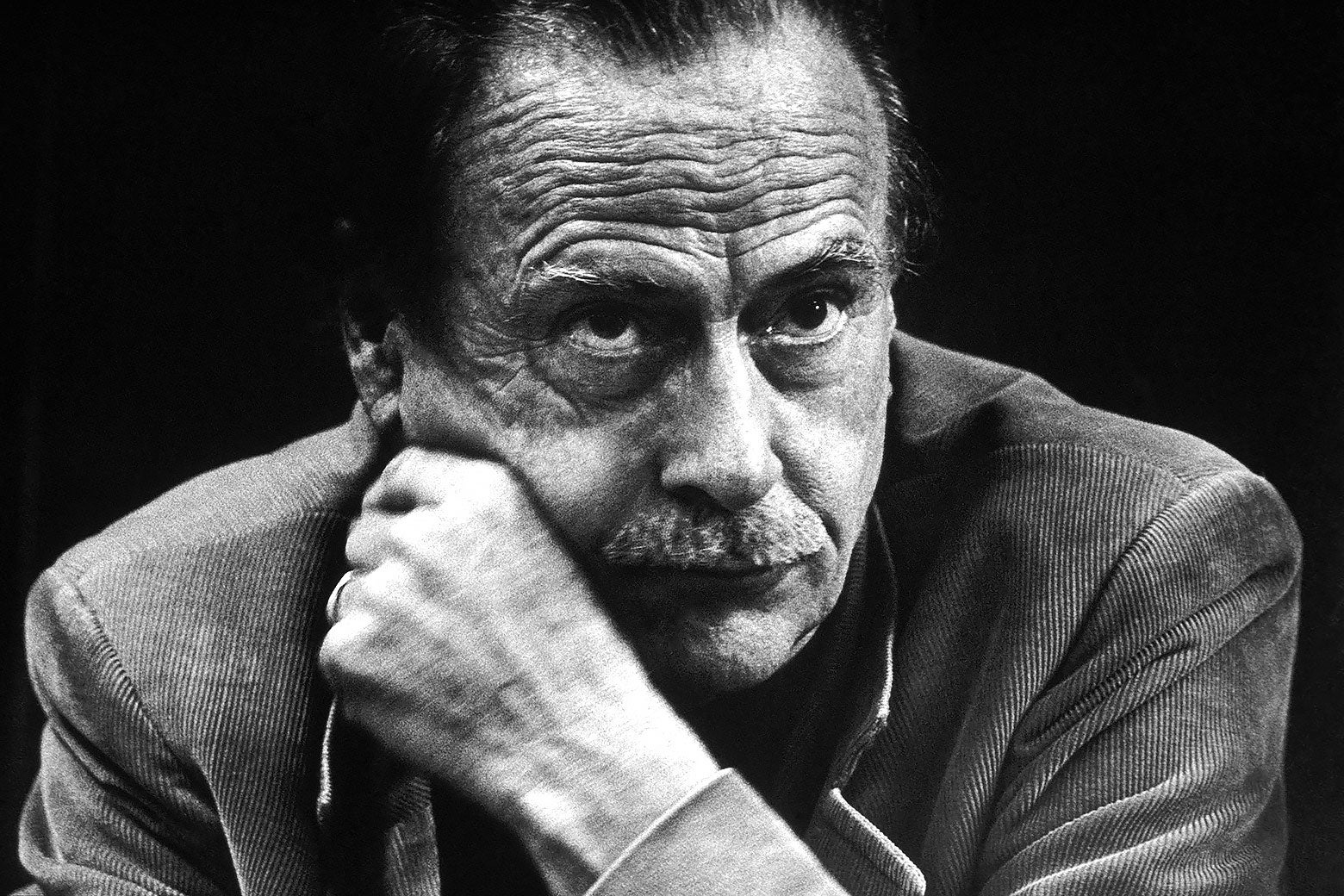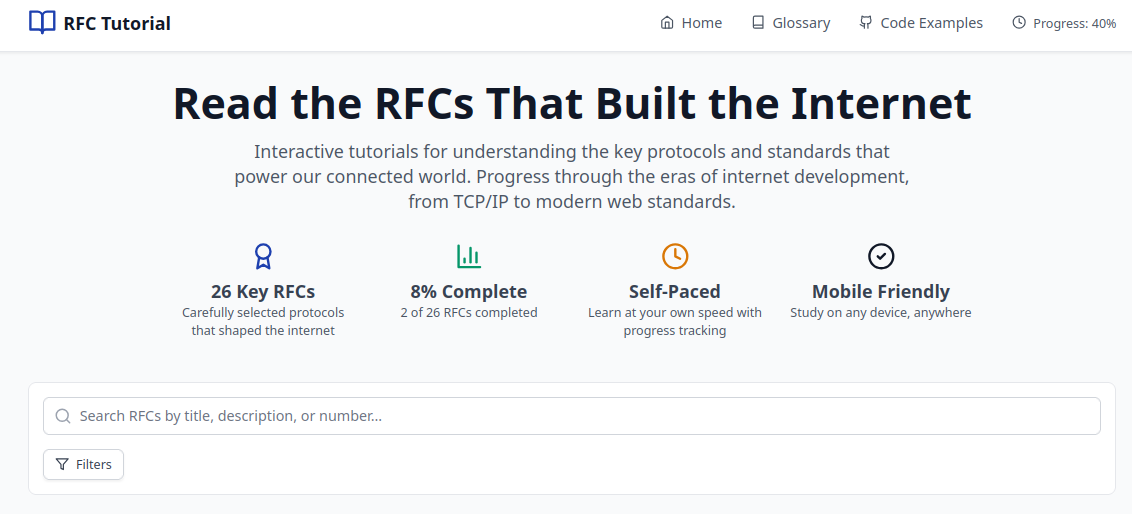
He Was Laughed Out of Academia for This Take About Technology. Turns Out He Was Right.
The most accurate description of being online that was ever articulated comes to us from a Canadian professor. “Everybody has become porous. The light and the message go right through us,” he said during a television appearance. “At this moment, we are on the air, and on the air we do not have any physical body. When you’re on the telephone or on radio or on TV, you don’t have a physical body. … You’re a discarnate being. You have a very different relation to the world around you. … It has deprived people really of their identity.” That’s exactly what it feels like to spend time on TikTok or X—and was said by someone who died in 1980.
If you’re not a boomer or a grad student, you may not have heard of him, but theorist Marshall McLuhan—the coiner of enduring aphorisms “the medium is the message” and “the global village”—warned us about today’s digital descent a long time ago. In March 1969, the cover of Playboy teased a feature interview with McLuhan, whose name recognition during the ’60s and ’70s was incredible. Vogue, Esquire, the Village Voice, the New Yorker, Harper’s, and Mademoiselle profiled him. The New York Times published over 30 articles about McLuhan in 1967 alone. NBC ran a documentary on him, and he was a regular guest on American and Canadian television. His fans included Andy Warhol and John Lennon. Then the backlash started. McLuhan was seen as more of a carnival barker than a scholar, and people—clearly—didn’t heed his warnings about technology.
I thought of McLuhan this June, when, in a conversation with Ross Douthat for the New York Times, billionaire entrepreneur Peter Thiel hesitated when asked if he “would prefer the human race to endure.”













:max_bytes(150000):strip_icc()/GettyImages-1153587320-0631e4b801ca4f54899ca1fd26350a28.jpg)